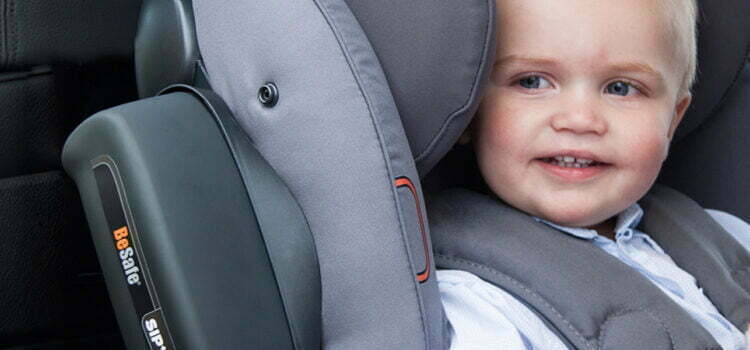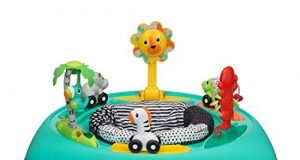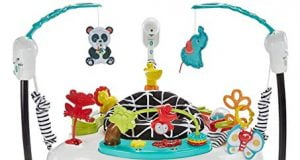
SIP Car Seat – What Does That Mean?
There are so many things to research when deciding to buy a car seat for a new baby; why must we practically learn a new language to do so? To understand all the ins and outs of the features of baby seats and what the terminology means can take time and sometimes extensive research. Let me help you out a bit by explaining the SIP feature often found in today’s infant and toddler seats.
In the world of baby gear, SIP stands for Side Impact Protection. Basically, this means your little one will be protected not only from expulsion from the seat itself, but will be protected on both sides should impact occur. Many SIP car seats are designed with “wings” that protect either side of the child’s head. These wings are essentially expanded cushions equipped with specially designed energy absorbing foam that cushions the blow of impact.
Side Impact Protection car seats may be exceptionally attractive to parents driving vehicles without side curtain airbags. Although neither side curtain airbags nor Side Impact Protection child seats can guarantee an injury-free accident, having one or both can make a parent rest easier.
What should you look for when buying a Side Impact Protection car seat? As stated before, the most important component in coverage is most likely the energy absorbing foam that makes up the inside of the wings. Secondly, research the fabric of the car seat. Often, these wings can make for an exceptionally warm ride for your little if there is little airflow around his or her head. Therefore, a nice breathable fabric is most desirable. Finally, make sure your child is comfortable in the car seat itself. If the seat does not fit the child correctly, no matter how many additional safety features it has, it will not protect your child adequately.
It is estimated that 1 in 4 accidents resulting in the injury or death of a child are caused by side impact collisions. Make sure your child is as protected as possible. Side Impact Protection child seats can help improve the safety and survival rate of children involved in these types of accidents.










